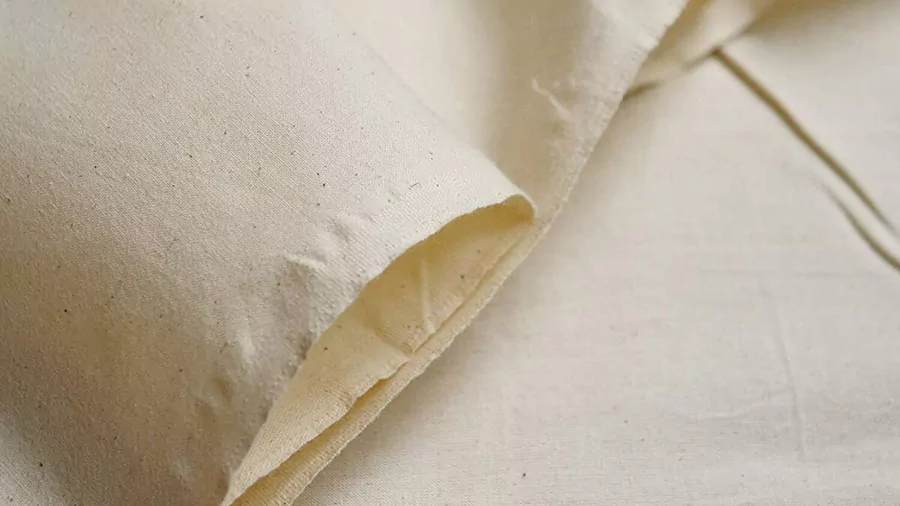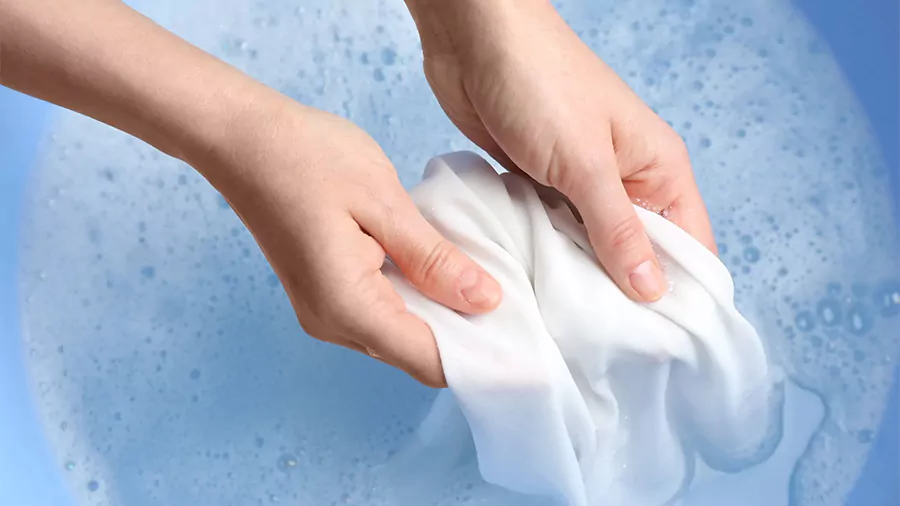Calico fabric has a rich history and unique characteristics that make it a favorite among crafters, designers, and fashion enthusiasts. This article explores ten intriguing facts about calico fabric, highlighting its features, uses, and significance in the world of textiles. Whether you’re a seasoned designer or a casual hobbyist, understanding calico can enhance your fabric selection and crafting experience.

The Origins of Calico Fabric
Calico fabric traces its roots back to India, specifically the city of Calicut (Kozhikode), from which it gets its name. In the 16th century, European traders began importing this lightweight cotton fabric, captivated by its beauty and versatility. Initially, calico was hand-printed with intricate designs, showcasing the craftsmanship of Indian artisans. The fabric quickly gained popularity in Europe, leading to a thriving trade in textiles.
As trade routes expanded, calico became available in various regions, each adapting the fabric to their cultural aesthetics. The distinct designs and patterns often reflected local motifs and traditional art forms, making each piece unique. This exchange not only enriched the fabric itself but also fostered a cultural blend that continues to influence textile design today.

Composition and Characteristics of Calico Fabric
Calico is primarily made from cotton, making it soft, breathable, and durable. The fabric typically features a plain weave, which adds to its strength and versatility. The weight of calico can vary, but it is generally lightweight, making it ideal for a range of applications, from clothing to home decor. Its smooth texture also lends itself well to printing and dyeing, allowing for vibrant patterns.
Calico is often unbleached, which means it retains the natural color of the cotton, giving it a slightly off-white or cream appearance. However, bleached versions are also available, offering a brighter canvas for dyeing and printing. The fabric’s absorbency makes it an excellent choice for dyeing, as it readily takes on colors, producing rich and varied hues.
Printing Techniques of Calico Fabric
One of the defining features of calico is its printing techniques. Early calicos were hand-block printed using natural dyes, resulting in unique and often vibrant designs. Artisans would carefully carve intricate patterns into wooden blocks and stamp them onto the fabric, a process that required great skill and precision. The use of natural dyes derived from plants, minerals, and insects not only provided a beautiful palette but also made the fabric more environmentally friendly.
Today, various printing methods are employed, including digital printing and screen printing. Digital printing allows for intricate designs and photographs to be transferred onto fabric, while screen printing remains a popular method for producing bold patterns. These techniques enable manufacturers to create a wide array of patterns, from classic florals to contemporary geometric designs.
Common Uses of Calico Fabric
Calico fabric is highly versatile and can be used in various applications, including:
Craft Projects: Its affordability and ease of use make calico a go-to fabric for crafts, including toys and accessories. Crafters enjoy the freedom calico provides in experimenting with colors and patterns without breaking the bank.
Fashion: Calico is popular for making dresses, skirts, and blouses due to its lightweight and breathable nature. Its soft texture drapes beautifully, making it ideal for both casual wear and more tailored garments. Designers often choose calico for spring and summer collections, where its airy quality enhances comfort.
Quilting: The fabric is a favorite among quilters for its variety of colors and patterns, making it ideal for patchwork projects. Quilters appreciate the ease with which calico can be cut and sewn, as well as its ability to hold up over time. The fabric’s sturdiness ensures that quilts remain beautiful and functional for years to come.
Home Decor: Calico can be used for curtains, tablecloths, and cushions, adding a touch of charm to any space. Its ability to blend seamlessly with various interior styles makes it a popular choice for home decorators looking to infuse color and personality into their spaces.

The Difference Between Calico and Muslin
While calico and muslin may appear similar, they are distinct fabrics. Muslin is typically an unbleached cotton fabric with a looser weave, making it more breathable and suitable for lightweight garments. It is often used as a test fabric in garment making, allowing designers to create patterns without using expensive materials.
In contrast, the calico is often printed and has a tighter weave, giving it a more polished look. The fabric is usually used in finished products rather than as a prototype. Understanding these differences can help crafters choose the right fabric for their projects, ensuring they select a material that best suits their needs.

How to Wash Calico Fabric?
Washing calico fabric properly is essential to maintain its color, texture, and overall quality. Here are some steps to ensure your calico items stay looking fresh and vibrant:
Ironing: After washing and drying, if your calico is wrinkled, use an iron set to medium heat. Steam can help remove stubborn wrinkles. It’s best to iron the fabric while it is slightly damp for the best results.
Pre-Wash Preparation: Before washing, check the care label if available. It’s also a good idea to test for colorfastness by dampening a small area and blotting it with a white cloth. If any dye transfers, consider washing it separately.
Machine Washing:
Use a gentle cycle and cold water to prevent shrinking and fading. Hot water can cause calico to lose its shape and color over time.
Select a mild detergent that is free from harsh chemicals. Avoid bleach, as it can weaken the fibers and alter the fabric’s natural color.
Hand Washing: If you prefer to hand wash your calico, fill a basin with cold water and add a small amount of mild detergent. Gently agitate the fabric in the water, being careful not to rub too hard. Rinse thoroughly until all detergent is removed.
Drying:
For machine drying, use a low heat setting to avoid excessive shrinkage. High heat can damage the fibers, leading to wear and tear.
Air drying is ideal. Hang calico items in a shaded area to prevent sun exposure, which can fade colors.

The Benefits of Using Calico Fabric
Calico fabric offers numerous benefits that make it a popular choice for a wide variety of projects. Here are some of the key advantages:
Eco-Friendly Options: With the rise of sustainable fashion, many manufacturers now offer organic calico made from pesticide-free cotton. Choosing eco-friendly calico supports responsible farming practices and reduces the environmental impact of fabric production.
Versatility: Calico is incredibly versatile, suitable for various applications such as clothing, quilting, home decor, and crafts. Its lightweight nature allows it to be used in layering or as standalone pieces, accommodating diverse design needs.
Affordability: Compared to other fabrics, calico is relatively inexpensive, making it accessible for crafters and designers on a budget. This affordability allows for experimentation with different prints and patterns without a significant financial investment.
Variety of Patterns: Calico is known for its vibrant prints and colors. From classic florals to modern geometric designs, there’s a calico print to match any aesthetic. This variety allows crafters to express their creativity and style through their projects.
Ease of Use: Calico is easy to cut, sew, and manipulate, making it ideal for both beginners and experienced sewists. Its stability during the sewing process reduces the chances of fraying or stretching, resulting in cleaner finished edges.
Breathability: Being a cotton fabric, calico is breathable, making it comfortable to wear and suitable for warm weather. This breathability also makes it an excellent choice for home decor items that require airflow, such as curtains and table linens.
Durability: Despite its lightweight feel, calico is durable and can withstand frequent use. Proper care ensures that it retains its quality over time, making it a reliable choice for both clothing and home textiles.
Conclusion
Calico fabric is more than just a versatile textile; it carries a rich history and offers endless possibilities for creativity. From its origins in India to its modern applications, calico remains a staple in the world of fabric. Whether you’re making clothing, home decor, or crafting projects, understanding the unique characteristics and uses of calico can enhance your crafting
